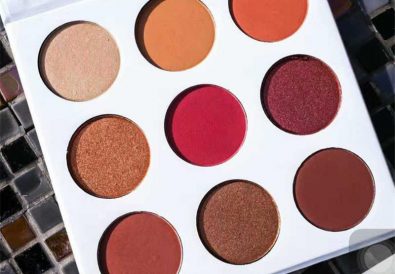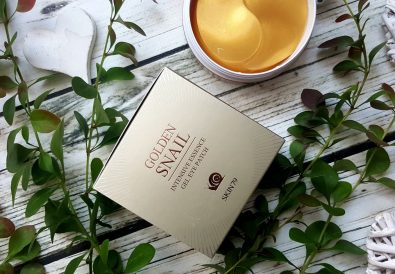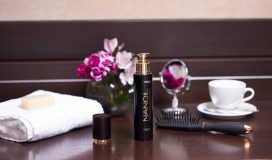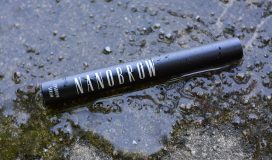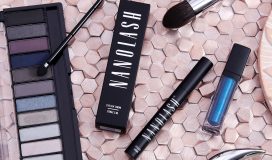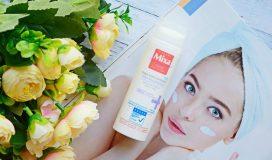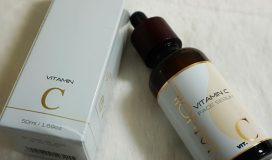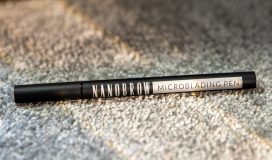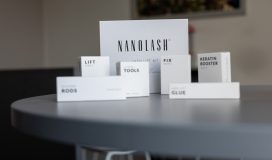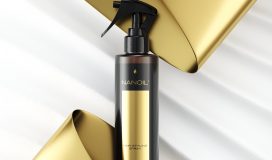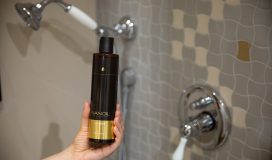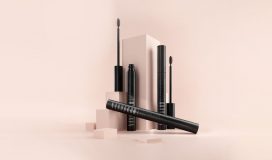Hey there!
Irritation, dry cuticles, pain and discomfort are just some of the characteristics of dry skin. If you also have similar symptoms, check how to deal with them. Keep reading to find out what the skin types are and which one you have.
Dry skin – symptoms
Dry skin is one of the skin types characterized by dull and rough complexion that after washing feels tight. It is usually thin so that the blood vessels are visible through it, it ages more quickly, and mimic wrinkles appear earlier and are more visible. Dry skin produces less sebum, therefore it lacks the lipids needed to moisturise and build the skin’s protective barrier. When this barrier is damaged, it results in moisture loss. For some, dry skin is genetically conditioned or depends on hormones – depending on the stage of puberty and hormone levels, the skin contains a smaller amount of lipids. It can also be caused by atmospheric factors, taking certain drugs or improper care.
Dry skin types
It can be both sensitive and hyper-active at the same time. It can be further divided into a dry skin with a small amount of sebum and a dry skin with sweating disorders and deficiency in natural moisturising factors.
How to take care of dry skin?
Dry skin needs moisturising and oiling. The right cream will supplement the level of natural moisturising factors, and the oiling cosmetic will raise the level of lipids, which protect against further loss of moisture. During the day, a moisturising cream with a UV filter should be used. Night cream, on the other hand, should nourish, regenerate and oil the skin. It should contain ceramides, plant oils, urea or emollients. When it comes to make-up removers, they should have a delicate formula. The best one contain milk, emulsions, micellar water. Once a week use an enzimatic scrub and then moisturising and soothing masks.
Dry skin care mistakes
- The use of scrubs that mechanically exfoliate the epidermis. Such products are a good choice for oily or combination skin.
- Washing the face with chlorinated water may also damage the skin’s natural lipid barrier. It’s better to use boiled or mineral water and a proper cosmetic.
- Washing your face with soap is also a big mistake because it removes lipids and damages the natural barrier of the skin. It is because of alkaline pH of the soap.
- Rubbing the skin when wiping is not recommended either. Strong friction can damage the epidermis and cause irritation destroying the natural lipid barrier.
- Incorrect use of thermal water by not drying the skin after the application. This cosmetic gives a regenerating, soothing and moisturising effect, but if used inappropriately, it can dry the skin.


